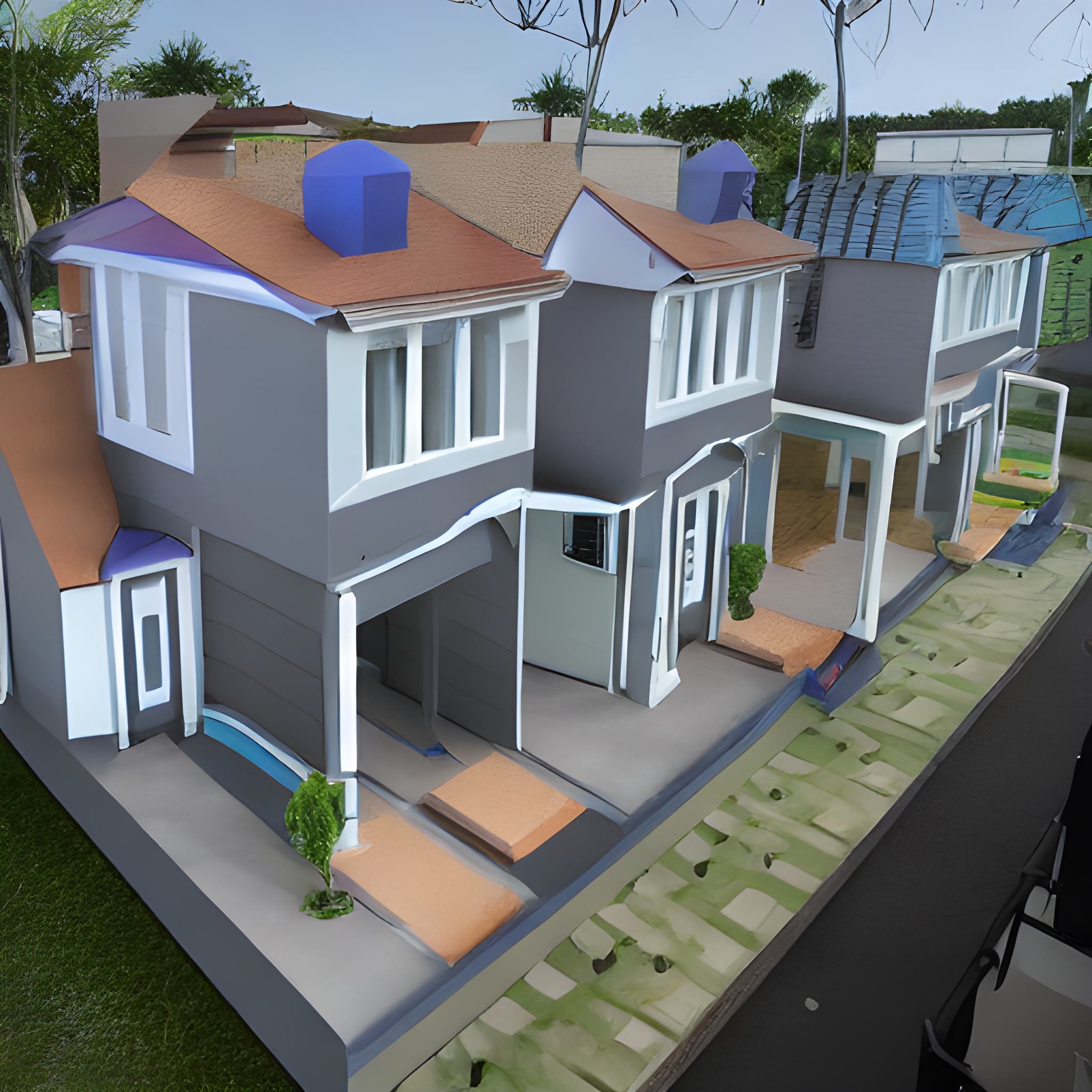3D Printed Homes are an Emerging Technology
Yes, it’s true that 3D printed homes are still a new and emerging technology. While there have been several successful projects to 3D print houses and other structures in recent years, the technology is still in its early stages of development and adoption.
One of the main challenges with 3D printed homes is that the technology is not yet as mature as traditional construction methods. There are still limitations in terms of the size and complexity of the structures that can be printed, as well as the materials that can be used. Additionally, there are questions about the long-term durability and safety of 3D printed homes, as well as the cost and scalability of the technology.
However, there are also several potential advantages to 3D printed homes, including the ability to construct affordable housing quickly and efficiently, as well as the flexibility to create more complex and innovative designs. As technology continues to evolve and improve, it’s likely that we’ll see more widespread adoption of 3D printed homes in the future.
3D printed homes are in use today, although they are still relatively rare. Over the past few years, there have been several projects around the world that have used 3D printing technology to create homes and other structures.
- For example, in 2018, a 3D printed house was built in Nantes, France, using a robot that printed the walls in layers of concrete. The house was built in just 54 hours and was the first inhabited 3D printed house in Europe.
- In the United States, a company called ICON has developed a 3D printer specifically designed for building houses. The printer, called the Vulcan, uses a proprietary concrete mix and can print walls up to 28 feet long, 8.5 feet high, and 8 feet wide. ICON has used the Vulcan to build several houses in Texas, including a 3D printed community for people experiencing homelessness.
There have also been 3D printed houses built in other countries, including China, Russia, and the Netherlands, among others. While 3D printed homes are still a relatively new and niche technology, it’s likely that we’ll see more of them in the coming years as the technology becomes more advanced and more widely available.
